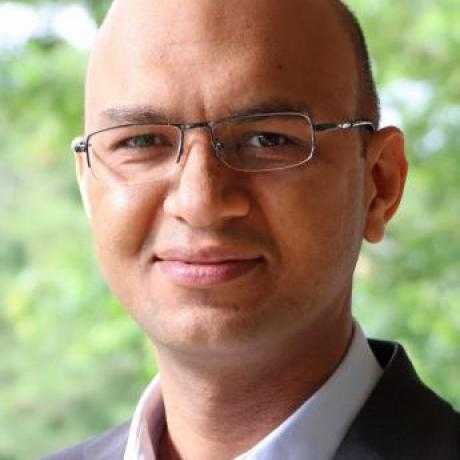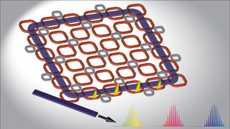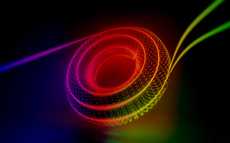Sunil Mittal
Assistant Professor at Northeastern University
AlumniPostdoctoral Researcher

Contact Information
- Email:
- mittals@umd.edu
About
Where are they now?:
Assistant Professor at Northeastern University
Research Groups
JQI
Recent Publications
On-chip multi-timescale spatiotemporal optical synchronization
, , Science Advances, 11, (2025)On-chip_Xu_Lida_w_Supp_Mat.pdfDynamic control of 2D non-Hermitian photonic corner skin modes in synthetic dimensions
, , Nature Communications, 15, (2024)Dynamic_Control_with_Supplementary.pdfExcitonic Mott insulator in a Bose-Fermi-Hubbard system of moiré WS2/WSe2 heterobilayer
, , Nature Communications, 15, (2024)excitonc-mott-insulator-with-supp-mat.pdf
Recent News
![Rendering of a light-guiding lattice of micro-rings that researchers predict will create a highly efficient frequency comb]()
Novel Design May Boost Efficiency of On-Chip Frequency Combs
September 27, 2021![]()
![]()
Stretched Photons Recover Lost Interference
October 14, 2019


